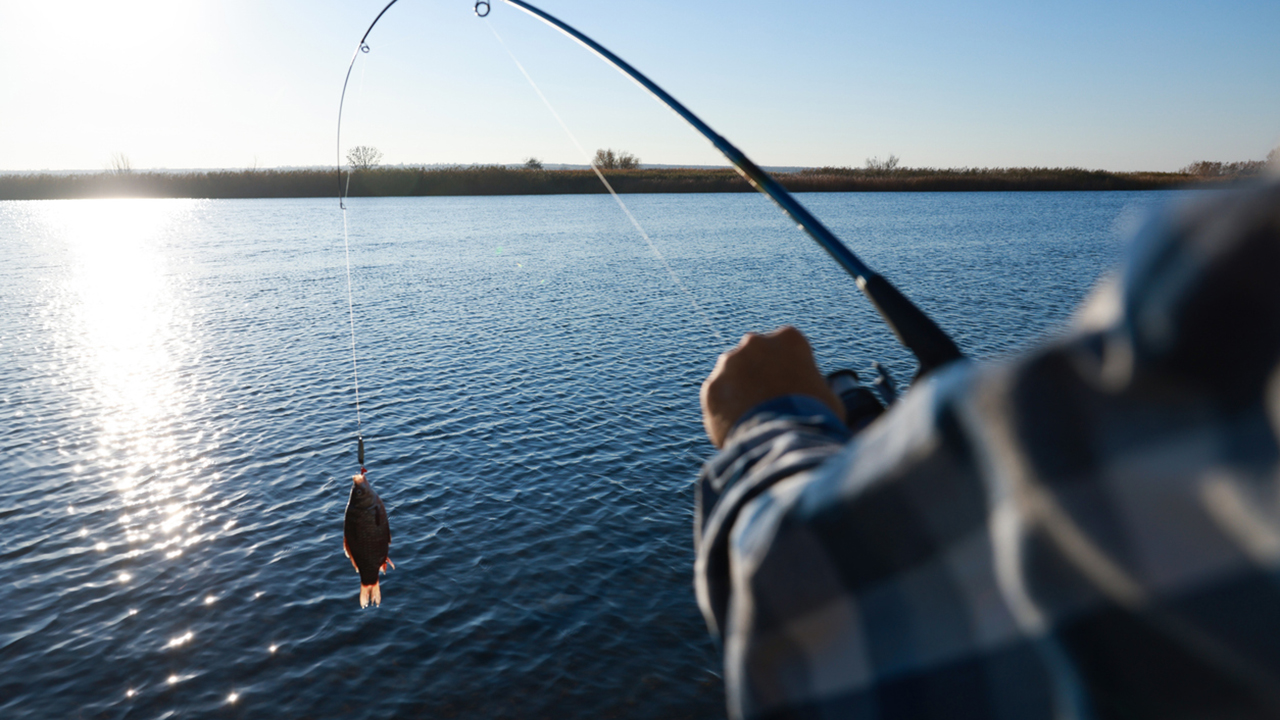Fishing, while often seen as a simple and relaxing pastime, has undergone a technological revolution over the past few decades. From advancements in the materials used in rods and reels to the development of smarter electronics and more efficient lures, the tools of the trade are evolving rapidly. In this article, we’ll explore some of the latest innovations in fishing technology that are redefining the experience for anglers, increasing efficiency, and enhancing sustainability.
1. Fishing Rods: Precision Meets Strength
In the past, fiberglass was the go-to material for fishing rods, but today’s rods are largely made from graphite and carbon fiber. These materials offer a combination of superior strength, lightness, and sensitivity, which are key to improving both the casting experience and the ability to detect bites. Carbon fiber rods, for example, are incredibly lightweight yet offer exceptional sensitivity, making them perfect for finesse fishing techniques where feeling every subtle vibration is critical.
Modern rods come in a wide range of options tailored to specific fishing techniques, from ultralight rods for panfish to heavy-duty rods for muskie or saltwater species. Custom rod design has also become a significant trend, where manufacturers adjust the material composition, taper, and action of the rod to suit different species, casting distances, and lure types. With more versatility and options available, anglers can fine-tune their gear for a more specialized and precise fishing experience.
2. Fishing Reels: Lightweight Power for Every Cast
The heart of any fishing setup is the reel, and recent advancements have made them stronger, lighter, and more efficient than ever before. One of the key trends is the development of reels using high-strength, corrosion-resistant materials such as aluminum and magnesium. These reels not only hold up better against saltwater but also reduce the overall weight of the setup, making long fishing sessions more comfortable.
Additionally, reel technology has become more specialized. Modern baitcasting and spinning reels feature advanced drag systems, precision gearing, and smoother casting mechanisms that help reduce backlashes and minimize friction. The addition of magnetic braking systems, carbon fiber drag washers, and ceramic bearings in reels has made casting and retrieval smoother and more efficient, allowing anglers to maximize their distance and accuracy.
3. Fishing Lines: The Rise of Superlines and Eco-Friendly Alternatives
Fishing lines have evolved from basic monofilament to a variety of specialized lines designed to meet the needs of different fishing scenarios. Braided lines, for example, offer unparalleled strength for their diameter and allow anglers to cast longer distances with more accuracy. These lines are especially useful in heavy cover, where the abrasion resistance can make a significant difference in landing larger fish.
Fluorocarbon lines, known for their near-invisibility underwater, have also become a staple for clear-water fishing. They are often paired with braided main lines to create a stealthy yet strong setup. Recent innovations in line technology include superlines with ultra-high molecular weight polyethylene (UHMWPE), which offers increased strength, durability, and sensitivity.
But perhaps the most exciting development is in the field of biodegradable fishing lines. Made from eco-friendly materials that break down over time, these lines reduce the environmental impact of discarded fishing gear. While still in the early stages of adoption, biodegradable lines represent a significant step toward making the sport of fishing more sustainable.
4. Lures: Hyper-Realistic and Eco-Friendly Innovations
Lures have always been at the core of successful fishing, but new technological advancements have brought about a new generation of highly effective designs. One of the most significant trends is the rise of large, hyper-realistic glide baits. These baits are designed to mimic the exact movement and appearance of natural prey, with jointed bodies, lifelike paint jobs, and intricate detailing. Whether it’s a big bass or a giant predator fish, these lures can trigger strikes by closely imitating the forage fish that larger species hunt.
In addition to these high-tech hard baits, soft plastics continue to evolve. New shapes, colors, and scent-infused formulas are designed to maximize attraction, while biodegradable soft plastics are making waves in eco-conscious fishing circles. These lures are designed to slowly degrade in the water, providing a more sustainable option for anglers without sacrificing effectiveness.
5. Sinkers: Weight Without the Harm
While sinkers might not be the most glamorous part of a fishing setup, recent advances in their design have made them more efficient and environmentally friendly. Traditional lead sinkers, while effective, have long been a concern due to their potential to poison wildlife if ingested. As a result, manufacturers have been developing lead-free alternatives made from materials like tungsten, tin, and steel. These materials provide a similar weight to lead but without the toxic effects.
Tungsten sinkers, in particular, are gaining popularity because they are denser than lead, allowing for a smaller profile with the same weight. This makes them ideal for precise casting and bottom contact fishing techniques. Although adjusting to the slightly larger profile may take some getting used to, the environmental benefits and superior performance make these sinkers a valuable addition to any tackle box.
6. Fishing Electronics: Smarter Tools for Smarter Fishing
Fishing electronics have transformed the way anglers locate and target fish. Modern fish finders and sonar systems are now more powerful, offering features like side-scan and down-scan imaging, which allow anglers to see fish and underwater structures in incredible detail. These tools help pinpoint prime fishing locations and track fish movements in real time, drastically improving the chances of success.
Moreover, some of the latest advancements in fishing electronics include smart fishing rods and reels. These rods are equipped with bite sensors that alert anglers to fish activity, while smart reels can track metrics like casting distance, retrieve speed, and line tension. There are even apps that sync with these devices, allowing anglers to monitor and analyze their fishing techniques, providing data that can help them refine their skills over time.
7. Fishing Apparel: Comfort and Protection in Every Cast
Fishing apparel has come a long way in terms of both comfort and functionality. Today’s fishing clothing not only provides superior UV protection but also incorporates moisture-wicking and breathable fabrics, which keep anglers cool and comfortable during long hours on the water. Whether it’s a lightweight, quick-drying fishing shirt or a pair of UV-blocking sunglasses, modern gear is designed to protect from the sun while maximizing comfort.
In addition to functional clothing, there have been improvements in accessories such as fishing gloves, hats, and boots. Many of these are now designed with additional features such as waterproofing, ventilation, and extra grip to enhance performance in various fishing environments.
8. The Future of Fishing: What’s Next?
As fishing technology continues to evolve, the future looks bright for anglers. From the development of autonomous boats that can locate fish for you to the introduction of AI-powered fishing apps that analyze water conditions, the possibilities seem endless. The next wave of innovations promises to make fishing more efficient, more sustainable, and ultimately more enjoyable for everyone involved.
At industry events like the ICAST trade show, anglers have the chance to experience firsthand the cutting-edge products that will define the future of the sport. With every new breakthrough, fishing becomes not only more accessible but also more exciting and rewarding.
Conclusion
Fishing has always been a blend of skill, patience, and connection with nature, but with the advancement of technology, the sport has entered a new era. From advanced rods and reels to eco-friendly lures and biodegradable lines, these innovations are designed to improve performance while minimizing environmental impact. As we continue to embrace these technological advancements, we can look forward to a future where fishing is both more efficient and more sustainable, ensuring the joy of the sport for generations to come.











